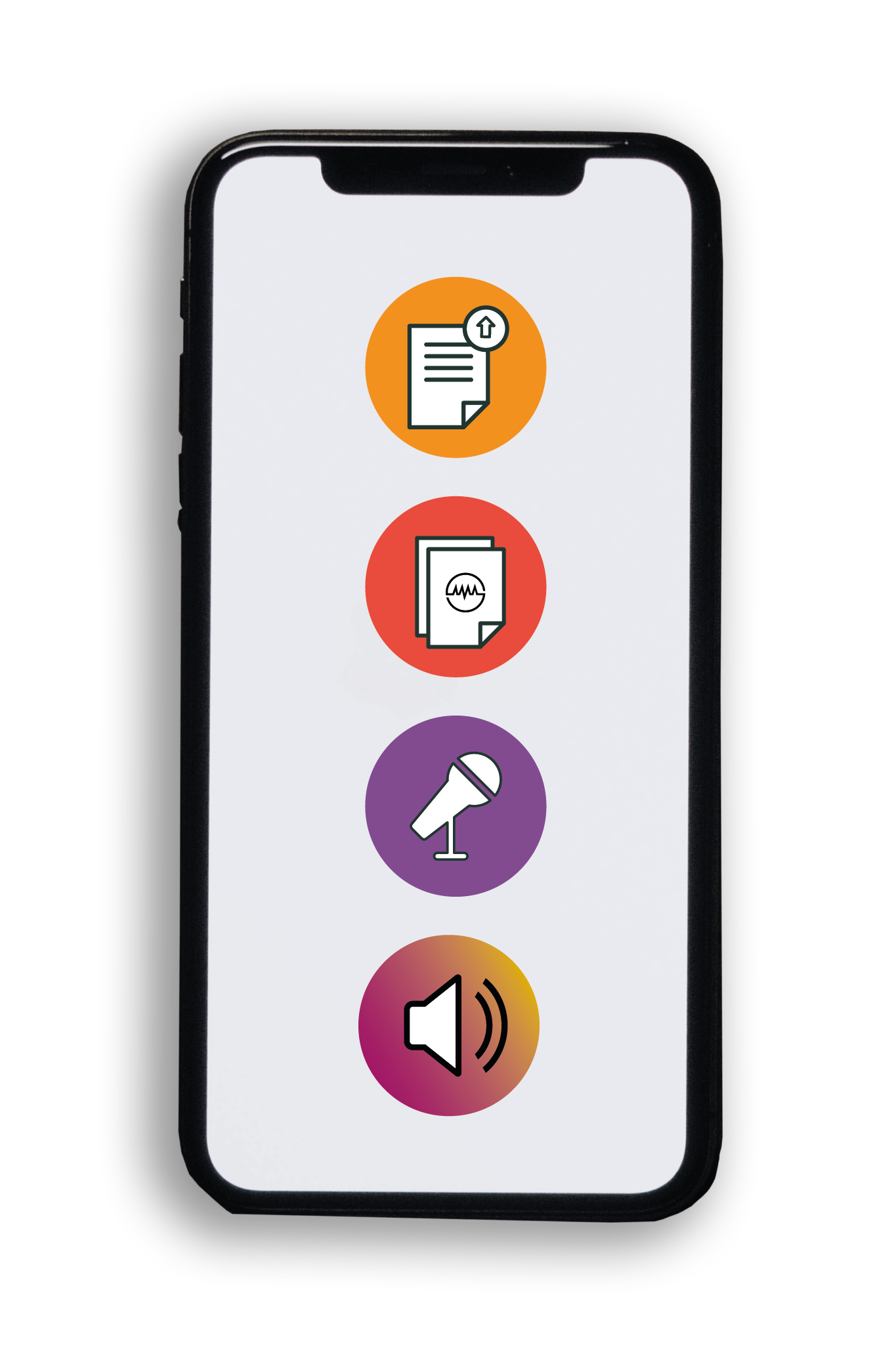vObjects: A Virtual Tool for Grasping Engineering Concepts – Dr Diana Bairaktarova, Virginia Tech
Original Article Reference
https://doi.org/10.33548/SCIENTIA504
Share Episode
About this episode
Engineering students can benefit greatly from interacting with physical objects whose attributes mimic those of real-world systems. So far, however, objects that do this effectively have proven to be extremely difficult to create. To solve the problem, Dr Diana Bairaktarova at Virginia Tech suggests that taught engineering courses could recreate practical situations more reliably using virtual objects, or ‘vObjects’. If her approach becomes widely adopted, it could transform how engineering students learn to apply their skills to complex, often unpredictable scenarios.
This work is licensed under a Creative Commons Attribution 4.0 International License. 
What does this mean?
Share: You can copy and redistribute the material in any medium or format
Adapt: You can change, and build upon the material for any purpose, even commercially.
Credit: You must give appropriate credit, provide a link to the license, and indicate if changes were made.
Related episodes
Professor Pei Wang | Defining AI to Ensure Effective Research and Policymaking
Artificial intelligence – or AI – is receiving increasing attention for its rapid development and potential to change society. Researchers are working hard to develop its capabilities, while regulators are racing to ensure it is managed and governed properly. But what do we mean by AI, and how can we define such a complex term? In a recent paper, Professor Pei Wang at Temple University argues that the lack of an agreed definition makes it difficult for policymakers to assess what AI will be capable of in the near future, or even which kinds of AI are desirable. To combat this, he discusses what makes a robust definition, and suggests his own.
Dr Elif Miskioğlu | Assessing the Value of Intuition for Solving Complex Engineering Problems
Experienced engineers are typically equipped with advanced technical knowledge and a unique professional skillset. These skillskets are often paried with impressive intuition, which allows engineers to devise solutions to complex real-world problems. Engineering faculty at Bucknell University, Embry-Riddle Aeronautical University, and The Ohio State University recently engaged in important research to further our understanding of intuition in engineering practice.
Dr David Mather | A Promising Approach to Prevent Children from Developing Dyslexia
Studies suggest that children who rely more on vision from their left eye could be more likely to develop dyslexia if they learn to write using pathways in the right brain hemisphere. Dr David Mather, a researcher at the University of Victoria, recently published a paper reviewing these findings. He outlines a proposed approach to teaching writing skills that could prevent these children from developing dyslexia. This approach involves teaching children to write when they are 7 or 8 years old, when the human brain is better at mapping and memorising entire words.
Dr Abheetha Peiris | An Innovative Approach to Strengthening Steel and Concrete Structures
As they age, steel and concrete structures often need to be retrofitted. One such way of strengthening is with Carbon Fibre Reinforced Polymer – or ‘CFRP’ – laminates. For certain applications, however, this can be a difficult and time-consuming process, and the resulting laminates are prone to debonding. In his research, Dr Abheetha Peiris at the University of Kentucky developed a new type of strengthening in the form of CFRP strip and rod panels. The panels can slot together seamlessly – making them less prone to failure, and far easier to assemble. Through a series of experiments and field applications, he revealed how the new method can be applied for retrofitting both steel and concrete structures.
Increase the impact of your research
• Good science communication encourages everyday people to be scientifically literate so that they can analyse the integrity and legitimacy of information.
• Good science communication encourages people into STEM-related fields of study and employment.
• Good public science communication fosters a community around research that includes both members of the public, policymakers and scientists.
• In a recent survey, 75% of people suggested they would prefer to listen to an interesting story than read it.

Step 1 Upload your science paper
Step 2 SciPod script written
Step 3 Voice audio recorded
Step 4 SciPod published




